Peplink is a large and respected company in the high-end mobile networking space, and is particularly well known for providing cellular connectivity for enterprise customers and businesses.
Peplink has long been focused on connectivity via routers, but the Peplink MAX Adapter is different. It is a small, portable device that has no router functionality and is a simple device intended to do one thing well - provide cellular connectivity to a router or computer over USB.
Inside the diminutive case is a cellular modem, a few electronics, and not much else.
The outside of the device has standard SMA antenna ports for the cellular modem - either two ports or four depending on the MAX Adapter version. There is also a port for an optional GPS antenna, a USB-C port for power and data, two SIM slots (software selectable), and a status light.
The Max Adapter is intended to be plug-and-play with compatible Peplink routers, providing an additional cellular modem input. The MAX also works with Windows and some Linux (Ubuntu) PCs. The device does not have any other connectivity besides USB - so there is no way to directly share the connection via Ethernet, Wi-Fi, or Bluetooth.
Specifications
- Model Number:
- Cat-6 model: MAX-ADP-LTEA-W-T
- Cat-12 model: MAX-ADP-LTEA-R-T
- 5G/Cat-20 model: MAX-ADP-5GH-T
- # of Connected Devices: 1, via USB
- Default Control Panel Address: N/A
- USB Tethering Support: Compatible Peplink routers and Windows and Linux PCs
- Cellular Modem Specs
- Cat-6 Model:
- Cellular Modem: Single 4G
- Supported Networks and Bands: AT&T, Verizon
- LTE Bands: 1, 2, 3, 4, 5, 7, 8, 12, 13, 20, 25, 26, 29, 30, 41
- 3G: 1, 2, 3, 4, 5, 8
- MIMO Support: 2x2
- LTE Performance Category: Category 6 (Max Theoretical Speed: 300 Mbps Down / 50 Mbps Up)
- LTE-Advanced Carrier Aggregation: 2x Download
- Cellular Antennas: 2x SMA ports
- SIM Slots: 2x Nano-SIM (also supports eSIM)
- Cat-12 Model:
- Cellular Modem: Single 4G
- Supported Networks and Bands: AT&T, Verizon
- LTE Bands: 1, 2, 3, 4, 5, 7, 8, 9, 12, 13, 14, 18, 19, 20, 26, 29, 30, 32, 41, 42, 43, 46, 48, 66
- 3G: 1, 2, 4, 5, 6, 8, 9, 19
- MIMO Support: 2x2
- LTE Performance Category: Category 12 (Max Theoretical Speed: 600 Mbps Down / 150 Mbps Up)
- LTE-Advanced Carrier Aggregation: 3x Download, 2x Upload
- 5G Carrier Aggregation:
- Cellular Antennas: 2x SMA ports
- SIM Slots: 2x Nano-SIM (also supports eSIM)
- 5G Model:
- Cellular Modem: Single 5G
- Modem Chipset: Qualcomm Snapdragon X55 (Thales MV31-W)
- Supported Networks and Bands: AT&T, T-Mobile, US Cellular
- 5G Sub-6 Bands: n1, n2, n3, n5, n28, n41, n66, n71, n77, n78, n79
- LTE Bands: 1, 2, 3, 4, 5, 7, 8, 12, 13, 14, 17, 18, 19, 20, 25, 26, 28, 29, 30, 32, 34, 38, 39, 40, 41, 42, 46, 48, 66, 71
- MIMO Support: 4x4
- Max Theoretical 5G Performance: 4 Gbps / 700 Mbps
- LTE Performance Category: Category 20 (Max Theoretical Speed: 2 Gbps Down / 150 Mbps Up)
- LTE-Advanced Carrier Aggregation: At least 5x Download, 3x Upload
- 5G Carrier Aggregation: TBD
- Cellular Antennas: 4x SMA ports
- SIM Slots: 2x Nano-SIM (also supports eSIM)
- Cat-6 Model:
- Other Ports: 1x USB (power and data), 1x GPS (SMA)
- Wi-Fi Technology / Frequencies: None
- Battery: No battery
- Power Source: USB Cable
- Dimensions: 3.9 x 2.8 x 0.6 inches
- Retail Price: Cat-6 - $249 | Cat-12 - $349 | 5G/Cat-20 - $649
View our Peplink product line overview and articles - co-authored with our education & action partner at MobileMustHave (who offers advanced support, guidance and discounts to our members):
News, Videos, & Status
We got a Cat-6 MAX Adapter from MobileMustHave when the MAX BR2 Pro 5G first came out in summer 2022. Peplink upgraded it to 5G for testing with the 8.3 Firmware.
News Stories:
Alternatives to Consider
For other popular mobile hotspots on the market - here are our featured options:
This Review Contains Additional Member Exclusive Content!
We are Honored to be Member Funded! No ads, no sponsors, no selling (but may contain affiliate links)
Our members fund our in-depth independent reviews.
This entry may contain additional member exclusive content such as testing notes, field testing data, user interface tours, comparisons to alternatives, analysis, tips, videos and discounts.
Members also get interactive guidance, alerts, classroom and more.
Other Ways to Support Our Work At MIRC
Member Exclusive Content Below
- Thoughts & Analysis - Favorite Features & Potential Downsides
- Deep Dive
- Hardware Notes
- 5G Device
Purchasing Options
Purchasing Links & Disclaimer
We don't sell stuff, we are primarily member funded. Some links below may be affiliate links (see our disclaimer), which also helps fund MIRC.
The vendors displayed below provide larger discounts to our MIAs that we have negotiated instead of displaying affiliate links while they are logged in.
MIA Discounts - Learn & Save!
Our Mobile Internet Aficionados (MIA) get special discounts from the below vendors. Members please check for discount codes before ordering. With savings up to 11% off, you could save more than your membership cost!
Affiliate vendor links - using these links helps support MIRC's mission (MIAs, please log in to get special discounts):
- MobileMustHave (2 models)
- Onboard Wireless: 5G/Cat-20
- Amazon: Cat-6 | Cat-12
Other vendors (non-affiliate):
Mobile hotspot devices are small, self-contained units that receive a cellular data signal and transform it into an internet connection. They are a cellular modem and router combined. Most can create their own personal Wi-Fi network.
They are typically designed with a specific cellular carrier in mind and require a suitable cellular data plan of their own to operate. You might see them called Jetpacks (Verizon's term for them) or MiFi (Inseego's name for them).
Here's a quick video going over the features of a hotspot, and what makes one better than another:
The guides below have been hand-picked to help further your education about selecting mobile hotspots and best utilizing them in your mobile internet setup.
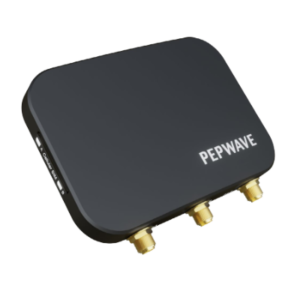
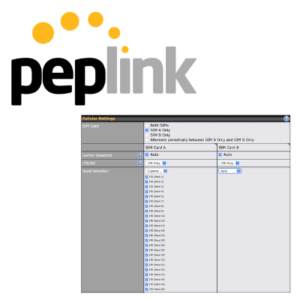



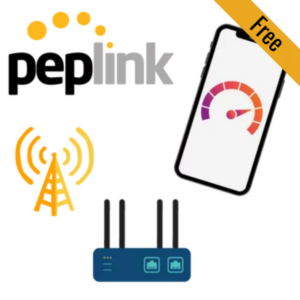


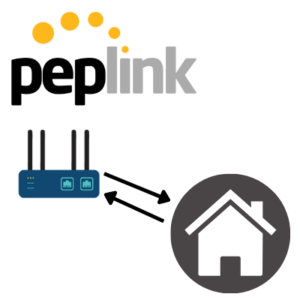
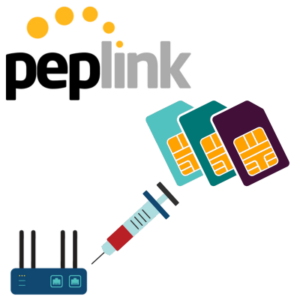


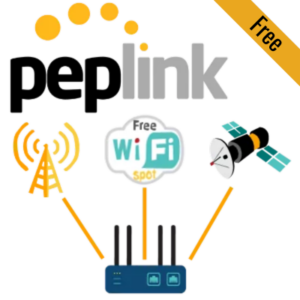
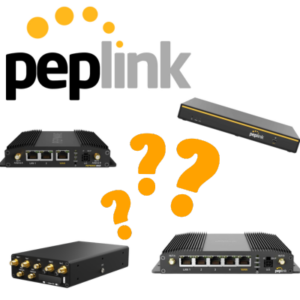
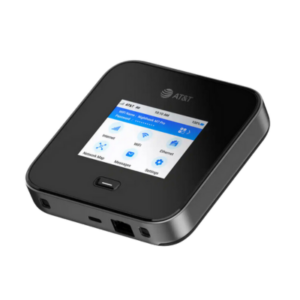
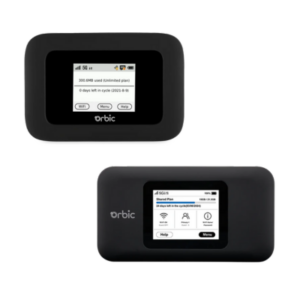
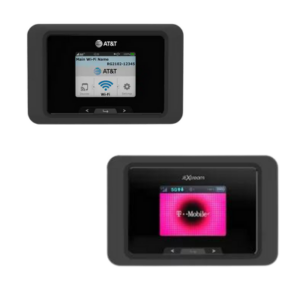
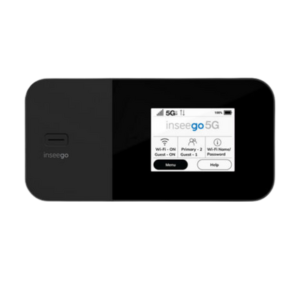
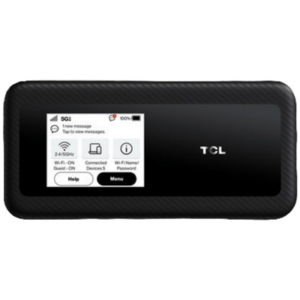



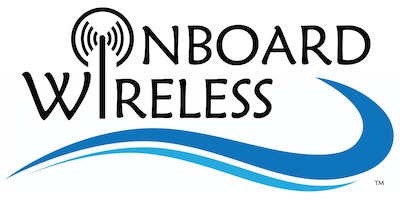





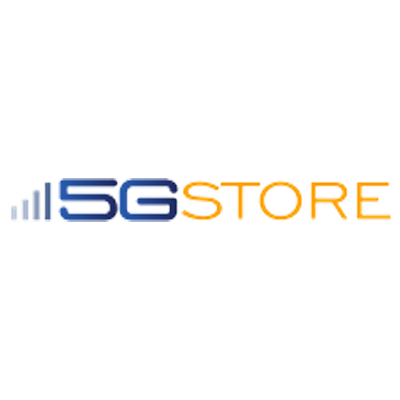
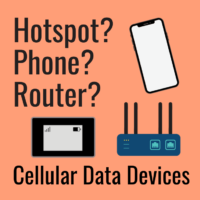
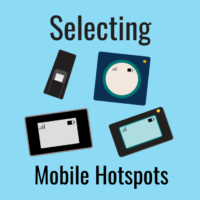
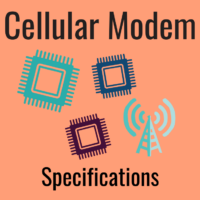
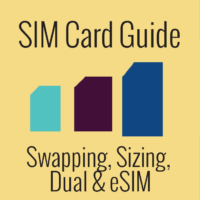


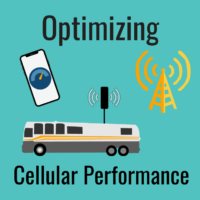







 Mobile Internet Resource Center (dba Two Steps Beyond LLC) is founded by Chris & Cherie of
Mobile Internet Resource Center (dba Two Steps Beyond LLC) is founded by Chris & Cherie of